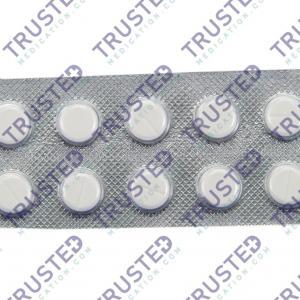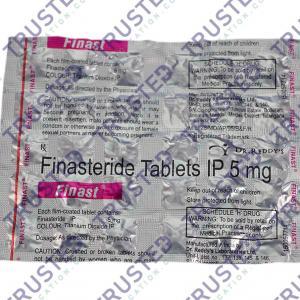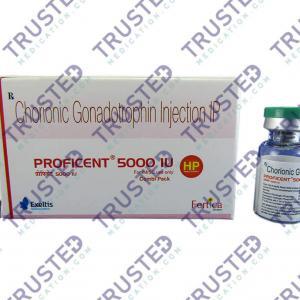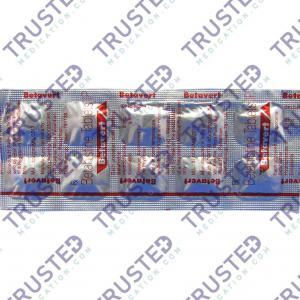
What is Glaucoma?
Glaucoma is a set of eye conditions that damage the optic nerve means it sends visual information from your eye to your brain and is vital for good vision. That can damage the optic nerve, often related to high pressure in our eyes. But this condition can happen even with normal eye pressure or at any age but is more common in older adults over the age of 60 that leading causes blindness.
Types and Signs of Glaucoma
1. Open-angle. This condition has no signs in the beginning stage except for gradual vision loss. This loss may be so slow that your vision can suffer irreparable damage before any other signs become apparent. Symptoms are:
- No signs or symptoms in the early stages
- Gradually, patchy blind spots in your side vision and side vision
- Difficulty seeing things in your central vision during the later stage
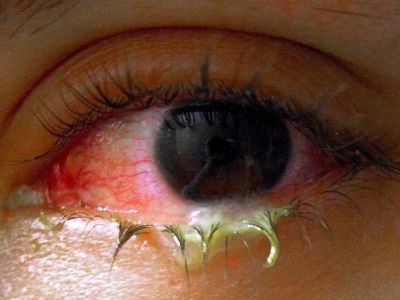
2. Angle-closure or acute. This is an emergency condition that causes the flow of your aqueous humor fluid to be suddenly blocked. The rapid buildup of fluid may cause a severe, quick, and painful increase in pressure. Call your doctor immediately if this happens. Symptoms are:
- Severe eye pain
- Severe headache
- Blurred vision
- Nausea or vomiting
- Eye redness
- Halos or colored rings around lights
3. Normal tension. In some cases, people without increased eye pressure develop damage to their optic nerve. The cause of this is not known, but extreme sensitivity or a lack of blood flow to your optic nerve may be a factor in this type. Symptoms are:
- No signs or symptoms in the early stages
- Gradually, blurred vision
- In later stages, loss of side vision
4. Congenital glaucoma. Children born with this type have a defect in the angle of their eye, which slows or prevents normal fluid drainage. This type can run in families. Symptoms are:
- Increased blinking
- A dull or cloudy eye
- Blurred vision
- Tears without crying
- Headache
- Nearsightedness that gets worse
5. Secondary glaucoma. It is often a side effect of injury or another eye condition, such as cataracts or eye tumors. Medicines, such as corticosteroids, may also cause this type of glaucoma. Many people with this condition do not give any obvious signs. It is very important to have routine eye exams, to detect this disease in its earlier stages.
What Causes Glaucoma?
It develops when the optic nerve becomes damaged. As this nerve gradually deteriorates, blind spots develop in your vision. For reasons that doctors don’t fully understand, this nerve damage is usually related to increased pressure in the eye. Elevated eye pressure happens as the result of a buildup of fluid that flows throughout the inside of the eye. When the eye makes too much fluid, or the drainage system doesn’t work properly, eye pressure may increase.
Treatment for Glaucoma
The damage caused by this condition is not treatable, but treatment and regular eye checkups can slow down or prevent vision loss. The treatment focuses on lowering intraocular pressure. Treatment options include prescription eye drops, oral medicines, laser treatment, surgery, or a combination of approaches.
Note that acute angle glaucoma is a medical emergency. An urgent treatment to reduce the pressure in your eye is your first line of action. This generally will require treatment with medicine and laser or surgical procedures.
Medication for Glaucoma
Bimatoprost Ophthalmic Solution. It is for the treatment of high fluid pressure in the eye. It controls the development of ocular hypertension and glaucoma.
Lifestyle and Homecare for Glaucoma

- Eat a healthy diet to maintain your health and prevent the condition from getting worse.
- Take vitamins to improve your eye health but ensure to talk to your doctor about incorporating supplements into your daily routine.
- Exercise to reduce eye pressure. There are several appropriate exercise programs to manage eye pressure and other causes of this condition.
- Ensure to reduce caffeine and alcoholic drinks to reduce eye pressure.
- Maintain your hydration and take your medications on time.

